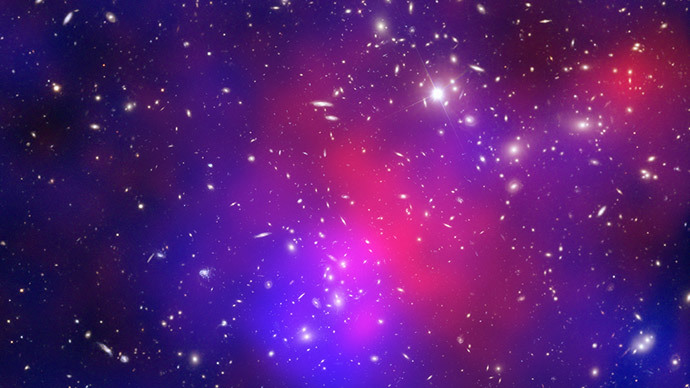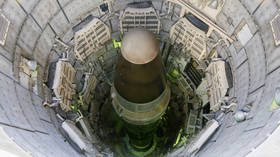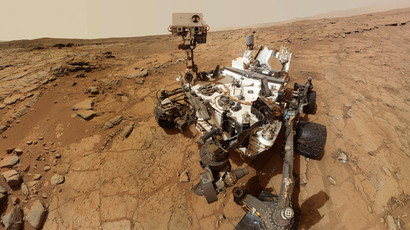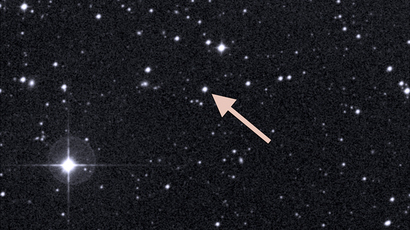Plunge into the unknown: Four galaxy clusters discovered 10 billion light years away

Four galaxy clusters have been discovered with the furthest 10 billion light years away from Earth, scientists said adding that this could potentially be one of oldest clusters in existence known to man.
An international team of astronomers led by Imperial College London, successfully used a new approach to spot the furthest galaxy clusters possible, said the university’s press release.
The researchers are among the first to have combined information gathered by two European Space Agency satellites - Planck and Herschel – that ended their operations last year. The Planck satellite, scanned the whole sky, and Herschel surveyed certain sections in greater detail.
Cross referencing the results they discovered that four light sources shown by Herschel were formed of multiple, fainter sources, indicating previously unknown galaxy clusters.

The light from the farthest source has taken over 10 billion years to reach us, astronomers said, adding that the cluster looked like this when the universe which is 13.8 billion years old, was just three billion years old.
"Although we're able to see individual galaxies that go further back in time, up to now, the most distant clusters found by astronomers date back to when the universe was 4.5 billion years old. This equates to around nine billion light years away. Our new approach has already found a cluster in existence much earlier than that, and we believe it has the potential to go even further," said Lead researcher Dr David Clements, from the Department of Physics at Imperial College London.
Using the same method astronomers hope to find up to 2000 more galaxy clusters. They believe this would pave the way to uncovering the timeline of how clusters are formed.

A galaxy cluster is a structure that consists of hundreds to thousands of galaxies bound by gravity. Galaxy clusters are the largest gravitationally bound structures in the universe. The light emitted by galaxies in which huge amounts of dust and gas are being formed into stars helps astronomers detect these clusters at great distances from earth.
Galaxies can be divided into elliptical galaxies - with many stars, but little dust and gas - and spiral galaxies - which contain lots of dust and gas, like our own galaxy the Milky way.
The four clusters discovered by the international research team are “giant elliptical galaxies in the process of being formed," says Dr Clements.
Researchers from the Imperial College London recorded their observations by using the Spectral and Photometric Imaging Receiver (SPIRE) instrument as part of Herschel Multi-tiered Extragalactic Survey (HerMES).
"The fantastic thing about Herschel-SPIRE is that we are able to scan very large areas of the sky with sufficient sensitivity and image sharpness that we can find these rare and exotic things. This result from Dr. Clements is exactly the kind of thing we were hoping to find with the HerMES survey” said Seb Oliver, Head of the HerMES survey.














